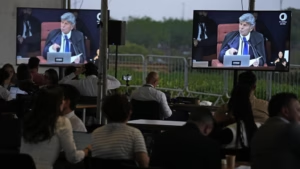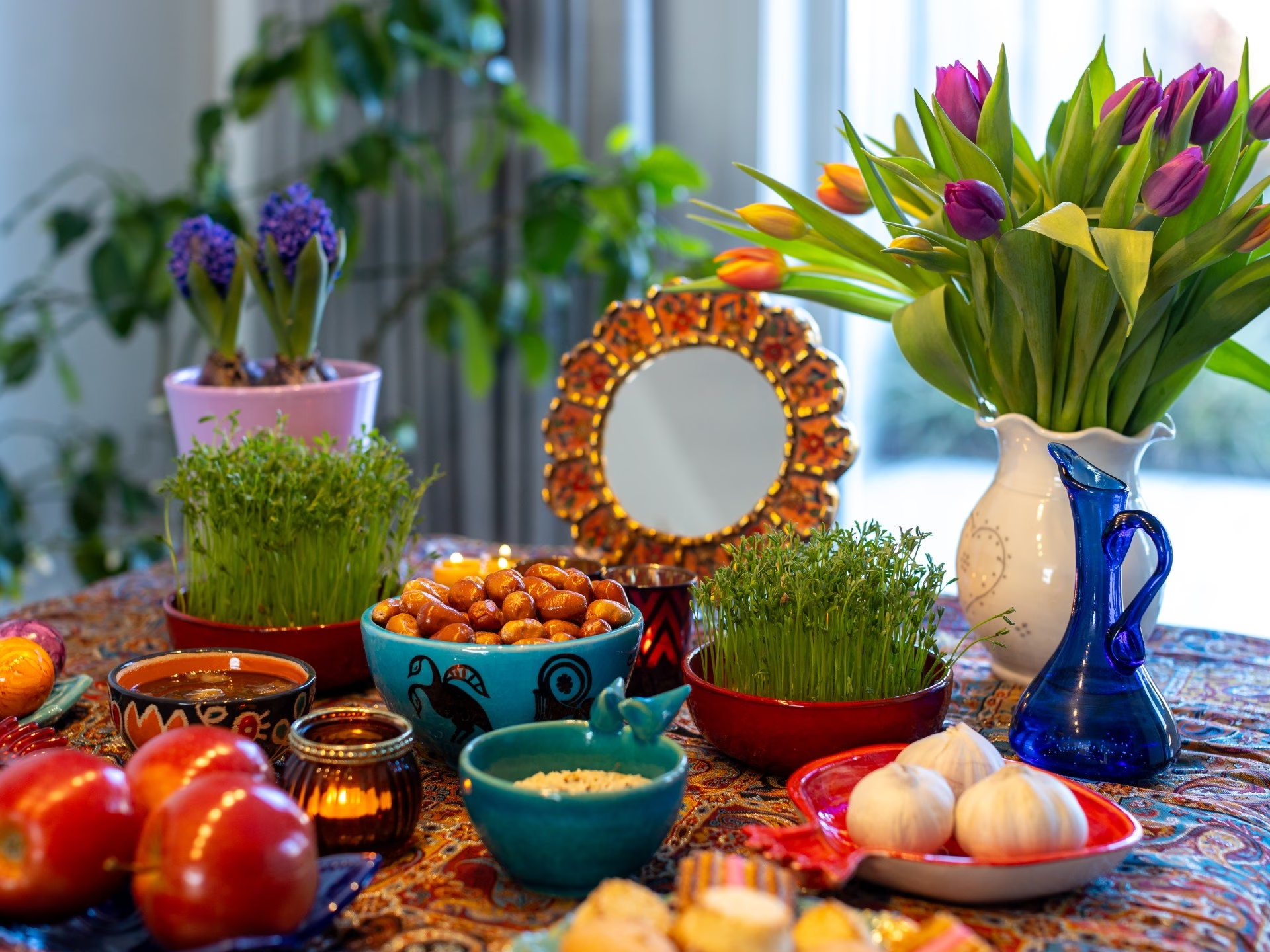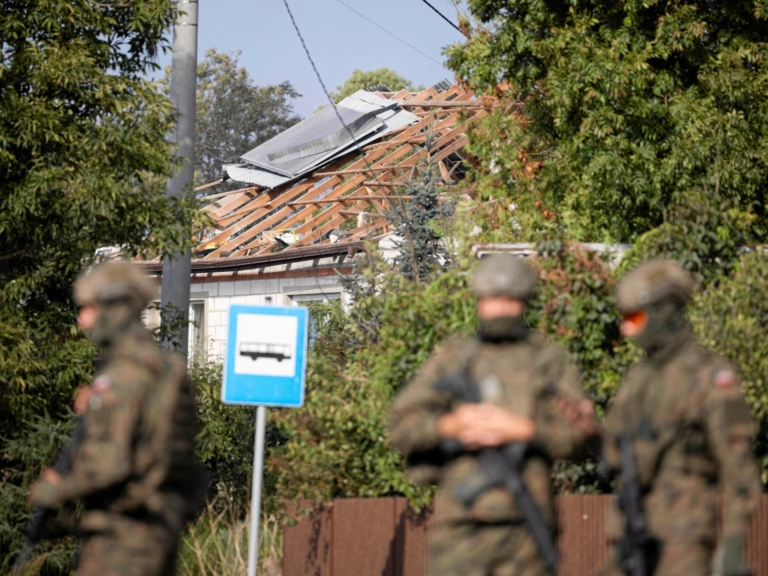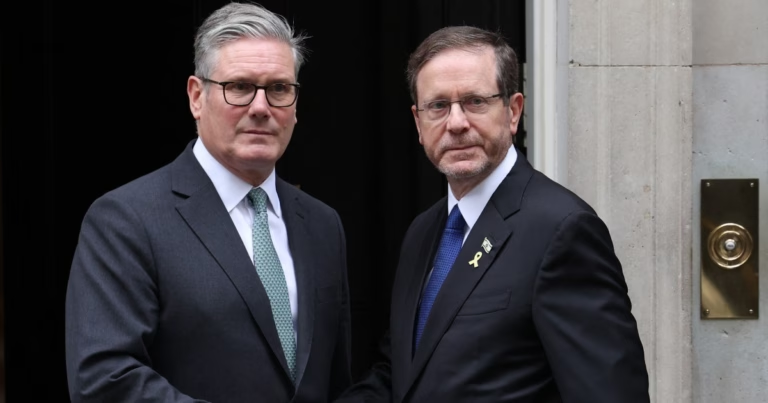As the days grow longer in the Northern Hemisphere and winter begins to recede, millions of people across the globe prepare to welcome Nowruz, the Persian New Year. This festival, which signifies the arrival of spring and embodies the essence of fresh beginnings, has been celebrated for over 3,000 years. Nowruz unites communities from Iran, Central Asia, the Caucasus, the Balkans, and parts of the Middle East in a shared celebration of renewal and growth, transcending borders and cultures.
What is Nowruz?
Nowruz, meaning "New Day" in Persian, marks the first day of spring and the start of the Persian solar calendar’s new year. With origins rooted in Zoroastrianism, an ancient Persian religion, this festival is among the world’s oldest continuously celebrated holidays. Despite being predated by other ancient festivals, Nowruz remains a widely observed tradition today. The celebration falls on the day of the spring equinox when the sun crosses the celestial equator, marking the start of spring in the Northern Hemisphere and bringing a nearly equal day and night. This time of balance and renewal is the essence of Nowruz.
When is it Celebrated?
Nowruz is celebrated at the exact moment of the spring equinox, when the sun crosses the celestial equator. In 2025, this moment fell on Thursday, March 20, at 12:31:30pm Iran Standard Time (9:01:30 GMT). The celebration’s timing can vary slightly across different regions of the world, aligning with the precise astronomical calculations used to determine the spring equinox.
Where is it Celebrated?
Nowruz is celebrated across a wide range of countries and regions that have been influenced by Persian culture. This includes Iran, Afghanistan, Azerbaijan, Central Asian nations, parts of the Caucasus, the Middle East, and the Balkans. Additionally, the holiday is observed by Kurdish communities in Iraq, Syria, and Turkiye, as well as by Parsi and Zoroastrian communities in India and Pakistan. The Parsis, descendants of Zoroastrians who migrated from Persia to South Asia, continue to celebrate Nowruz in their communities.
How is Nowruz Celebrated?
Nowruz is a time for new beginnings, purification, and connection. Celebrations vary but share key customs across cultures. These include deep-cleaning homes before the festival to usher out bad energy and welcome a fresh start. On the eve of the last Wednesday before Nowruz, bonfires are lit, and people jump over them to symbolically let go of the past. The first days of Nowruz involve visiting family and friends, exchanging gifts, and waiting for celebrations that conclude on the 13th day with families going outdoors for picnics to escape bad luck.
What is the Significance of the Haft Sin Table?
The Haft Sin table is a central part of Nowruz celebrations, featuring seven items that start with the letter "s" (س) in Persian, each with symbolic meaning. The table, draped with a special cloth, displays items believed to carry spiritual and protective qualities, such as sprouted wheat for renewal, sweet wheat pudding for patience and abundance, and dried oleaster fruit for love and wisdom. Additional items include a mirror for reflection, eggs for fertility, a goldfish for new life, and candles for light and happiness. Books of poetry or prayers like the Quran, Shahnameh, or works by Hafez may also be included to invite wisdom into the New Year.








